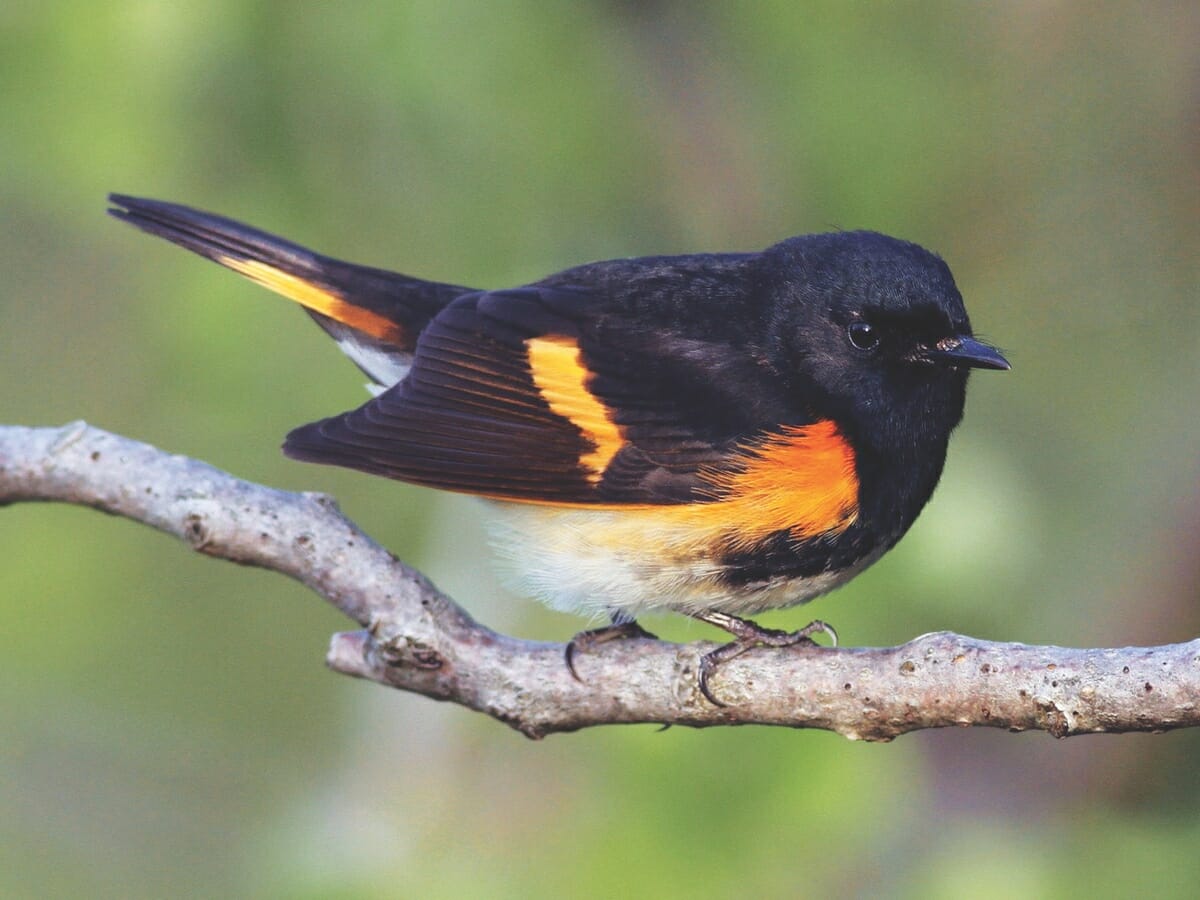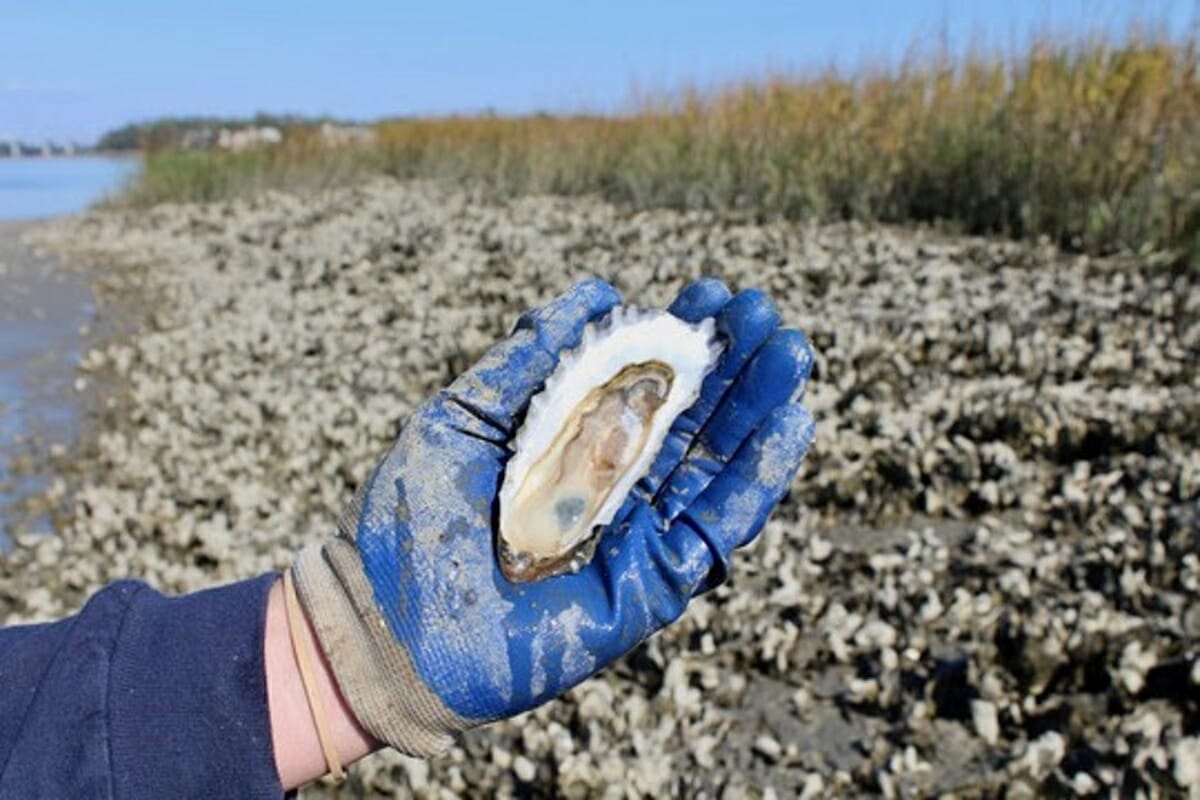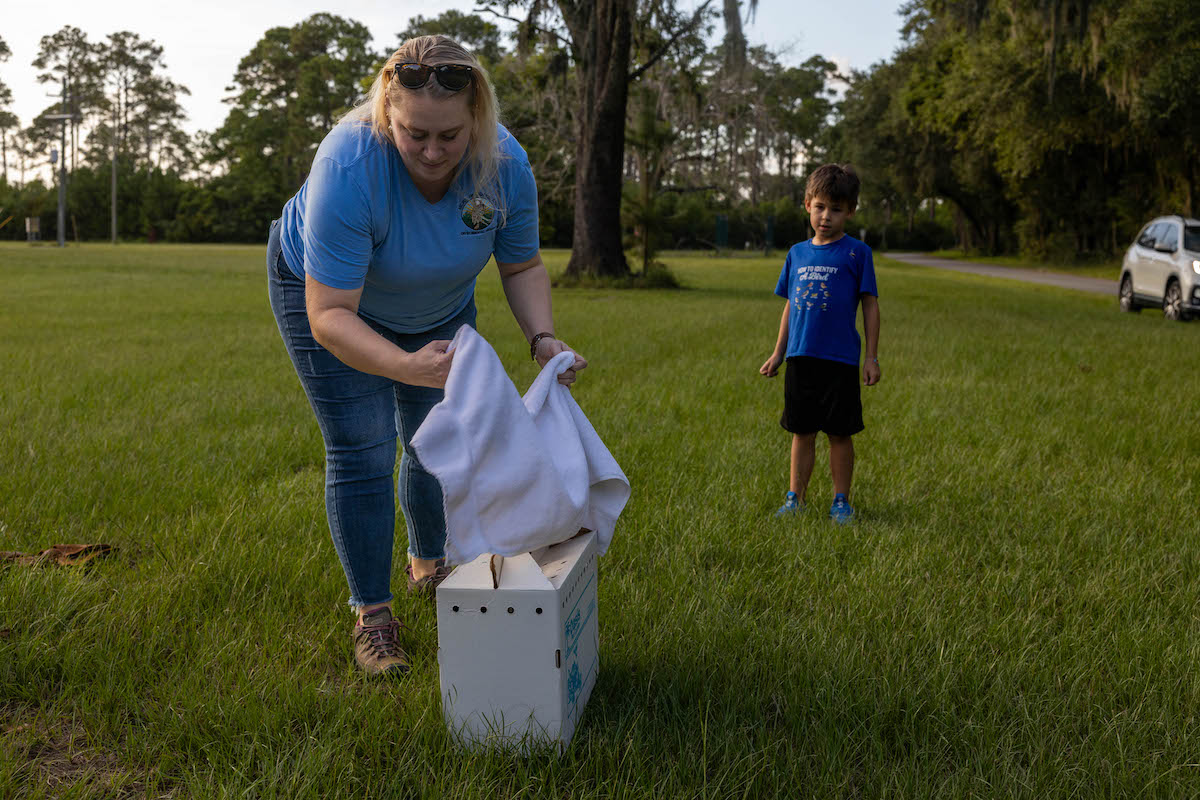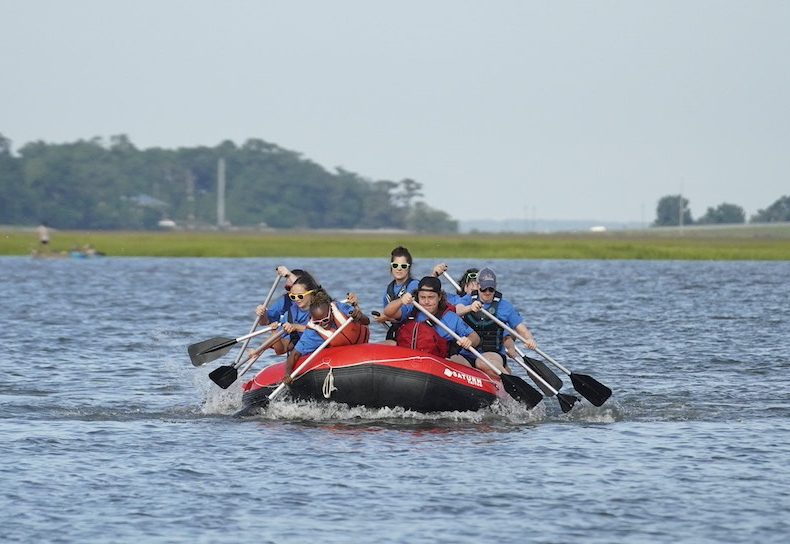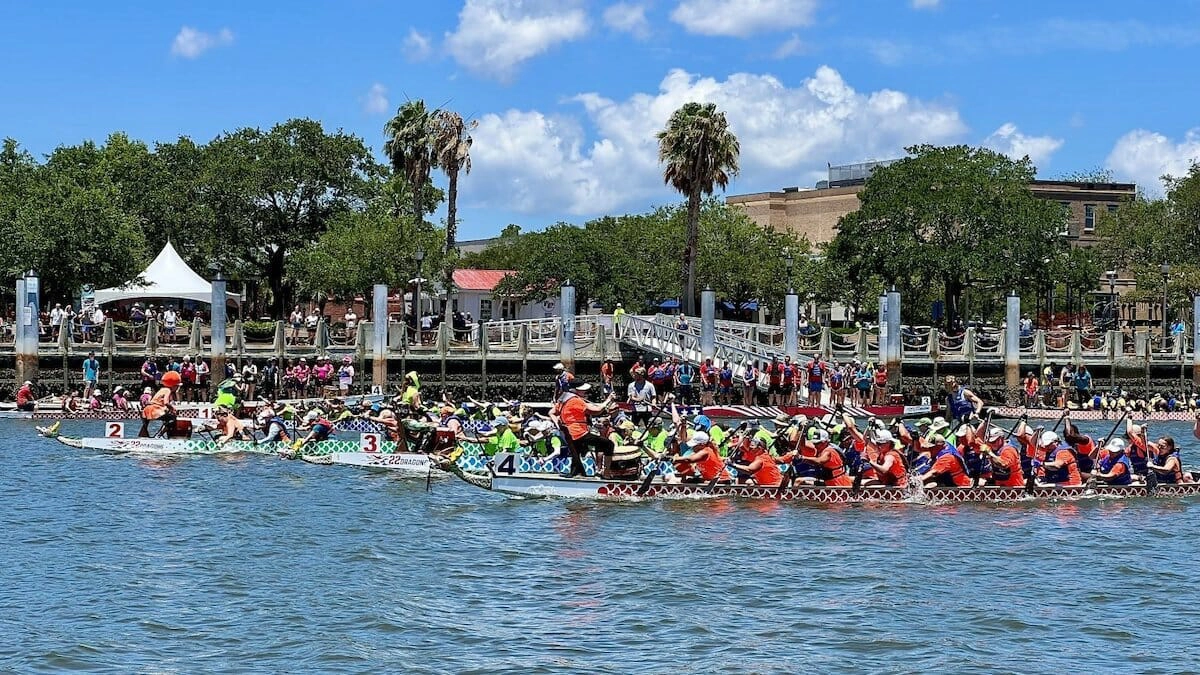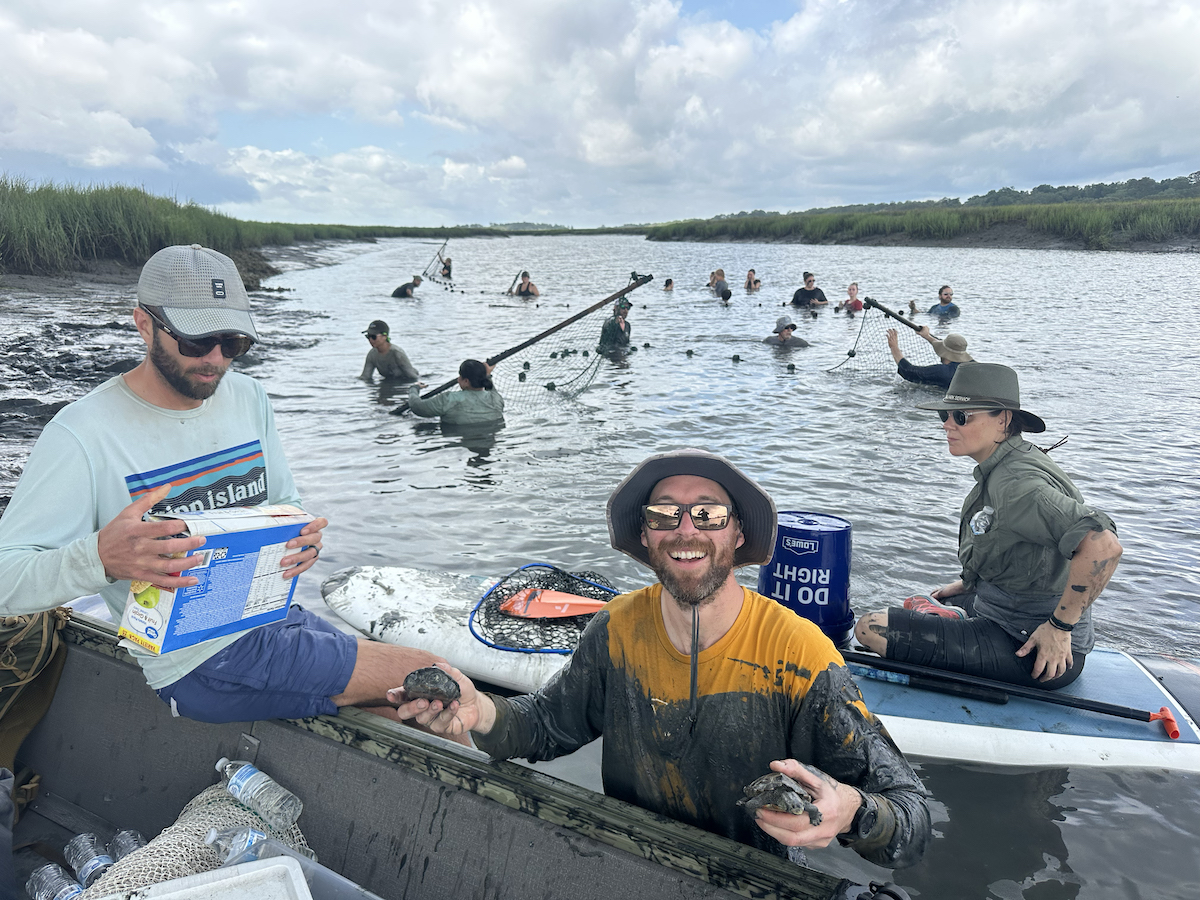Birders flock to the trails for fall migration
As we approach autumn and our dreams of cooler days begin to become reality, an amazing shift begins to occur. As the winds and temperature change, so do the birds. Some of our debonair feathered friends we’ve spent all summer long with will trade out the fine dress they’ve sported during breeding season for an attire of a more practical nature. Territories that were once ruthlessly defended become a bit less important and songs, a bit less prevalent. The new priority is to eat as much food as possible because migration season is now underway! For the birds, this season is all about building up fat stores, paying attention to weather patterns, and then, when the time is right, traveling thousands of miles to over-wintering grounds.
And for the birders, this season is somewhat the same… well, give or take five thousand miles. For birders, the season means eating hearty dinners, paying attention to weather patterns, and hitting the trails early in the morning for a chance to see perhaps the most magnificent bird diversity of the year! Fascinating shorebirds will scour our beaches and marshes, songbirds will decorate our trees, and the warblers — oh my the warblers — they will offer the challenge of first sighting and then identifying for even the most advanced birders. But the reward of observing their plumage and behaviors is well worth the chase! Every year, fall migration renews for every birder the same eager excitement they felt when they were just new fledgling birders.
For me, a fall favorite is the American Redstart. Achieving an executive size of no larger than the standard business card, these birds make their living actively dancing in the trees and fanning their tails. The goal is to dance so marvelously that they spook insects out of hiding into a more consumable location. The gentleman redstarts are black above with a white belly and deep orange accents on the wings, flanks, and tail. The ladies and understudies (young males) are dressed in a gray and white suit, with pale yellow accents. Together, they are often accompanied by other migrant passerines because the insects that the redstarts spook and fail to catch are fair game for the tag-along flycatchers and kingbirds perched amongst the treetops.
Beaufort county, with its proximity to the coast and plethora of unique habitats, is a wondrous place to observe the full majesty of this migration season. As you spend time outdoors this fall, listen closely for faint chirps and be sure to look twice at the curious movements in your periphery. Leaving the house with binoculars in hand is always helpful to look closer at the birds, but also a great spark for conversation with other birders that might be around you. Here’s hoping you see a new bird, learn a new call, meet a new friend, but above all, I hope experience a renewed joy of birding this migration season!
Jake Zadik is a local naturalist and longtime birder. He works for the Brays Island Nature Center and his passions include anything that helps him better comprehend this beautiful chaotic mess we call nature. You can contact Jake through his nature photography website www.jakezadik.com.
Above: American Redstart, photo by Evan Lipton from ebird.org.


